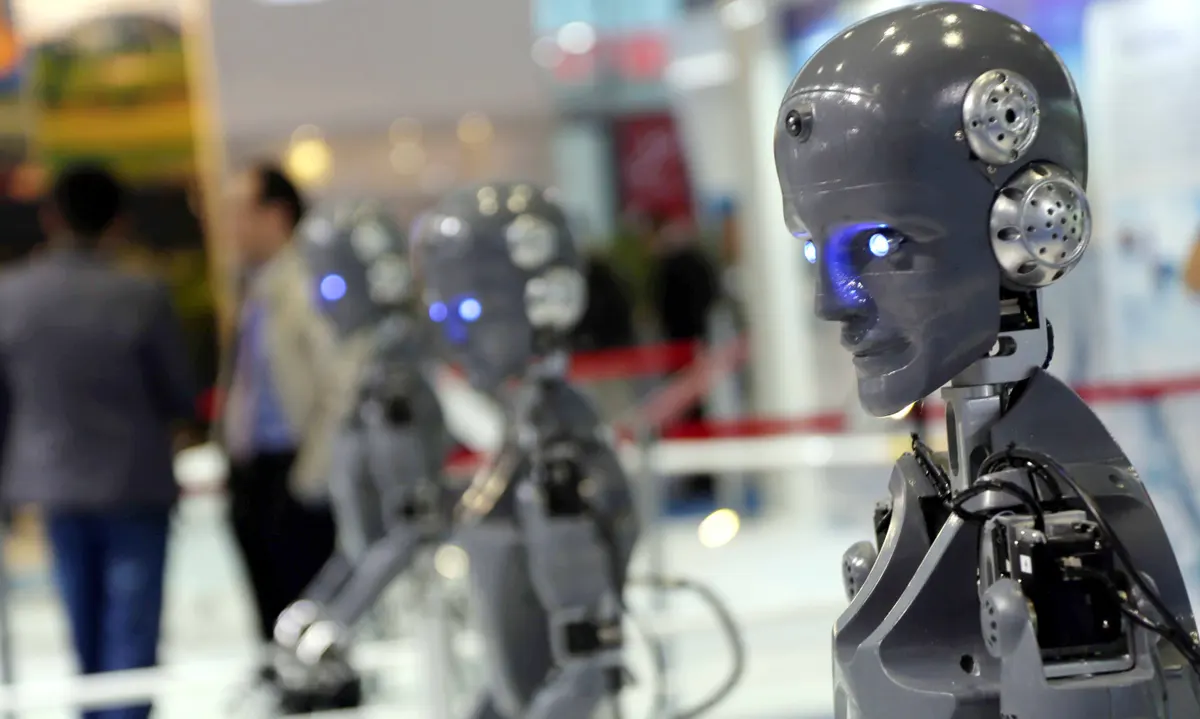Introduction
The field of robotics has seen remarkable advancements in recent years, transforming the way we work, live, and interact with the world. Robotics, the intersection of engineering, computer science, and artificial intelligence, has evolved from simple automated machines to sophisticated, autonomous systems capable of performing complex tasks. In this article, we will explore the current state of robotics, its various applications, and the exciting potential it holds for the future.
The Evolution of Robotics
The roots of robotics can be traced back to ancient civilizations, where automatons and mechanical devices were used for entertainment and basic tasks. However, it wasn’t until the 20th century that significant progress was made in the development of modern robotics. The emergence of computers and the advent of artificial intelligence paved the way for robots to become more intelligent, adaptable, and versatile.
Today, robotics encompasses a wide range of technologies, including industrial robots, drones, autonomous vehicles, and humanoid robots. These machines are designed to perform tasks that are either too dangerous, monotonous, or complex for humans. From manufacturing and healthcare to agriculture and space exploration, robots have found applications in almost every industry.
Key Robotics Applications
- Manufacturing and Industry: Industrial robots have revolutionized manufacturing by enhancing precision, efficiency, and safety. They are used for tasks such as welding, assembly, and material handling, reducing production costs and increasing productivity.
- Healthcare: Robotics is making significant strides in the healthcare sector. Robots assist surgeons in delicate procedures, deliver medications, and provide physical therapy to patients. They also help in the development of prosthetics and exoskeletons, improving the quality of life for people with disabilities.
- Agriculture: In agriculture, robots are used for planting, harvesting, and monitoring crops. Autonomous tractors and drones equipped with sensors and cameras can optimize crop management and reduce the need for human labor.
- Space Exploration: Robots like the Mars rovers have expanded our understanding of the universe. These machines can operate in harsh environments, collect data, and even search for signs of extraterrestrial life.
- Consumer Products: Household robots, such as vacuum cleaners and lawn mowers, have become increasingly popular. They simplify household chores and free up time for other activities.
- Logistics and Transportation: Autonomous vehicles and drones are changing the way goods are transported. Self-driving cars promise safer and more efficient roadways, while delivery drones offer rapid delivery services.
Challenges and Future Prospects
While robotics has made tremendous progress, it still faces challenges. Some of these challenges include:
- Safety: Ensuring the safety of robots operating in human environments remains a top priority. Developing robust safety protocols and systems is essential.
- Ethical Considerations: As robots become more autonomous, questions about ethics and responsibility arise. Who is accountable when a robot makes a mistake or causes harm?
- Integration: Integrating robots into existing industries and workflows can be complex and costly. Companies need to invest in training and infrastructure to make the most of robotics.
The future of robotics holds immense promise. Advancements in artificial intelligence, machine learning, and sensor technology will enable robots to become even more capable and intelligent. We can expect to see:
- Robots in Education: Robots could assist teachers in classrooms, providing personalized learning experiences for students.
- Healthcare Assistants: Robots may play a more significant role in eldercare, helping with tasks like medication management and companionship.
- Environmental Monitoring: Robots could monitor and address environmental issues such as pollution and climate change more effectively.
- Human-Robot Collaboration: The development of safe and collaborative robots will transform the workplace, with humans and robots working side by side to increase productivity.
Conclusion
Robotics is at the forefront of technological innovation, reshaping industries and improving our daily lives. As we continue to push the boundaries of what robots can do, it is essential to address the challenges and ethical considerations that arise. With responsible development and integration, robotics has the potential to bring about a future where automation enhances human potential and leads to a safer, more efficient, and more sustainable world.




